Red Kelly was a legendary figure in the National Hockey League (NHL), known for his remarkable career as both a player and a coach. Born on July 9, 1927, in Simcoe, Ontario, Canada, Leonard “Red” Kelly had an NHL playing career that lasted 20 years….and that was only the beginning.
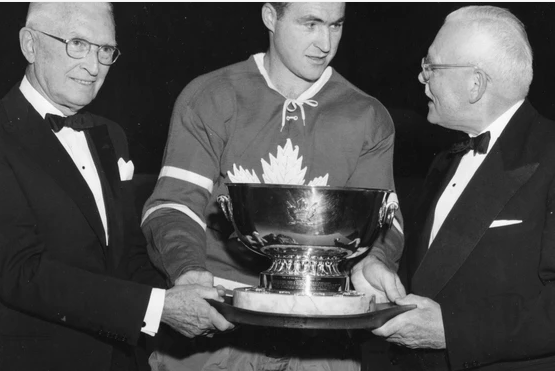
Playing Career:
Red Kelly began his NHL journey with the Detroit Red Wings in the 1947-48 season. He was initially a defenseman but later transitioned to center, a move that would solidify his legacy. As a center, Kelly’s skills thrived, and he became one of the best two-way players in the league. During his time with the Red Wings, he was a key contributor to the team’s four Stanley Cup championships in the early 1950s (1950, 1952, 1954, and 1955).
Kelly’s ability to excel at both ends of the ice was rare in his era, and he won the Norris Trophy as the league’s best defenseman four times (1951-1954) during his tenure in Detroit. He was also a consistent scorer, amassing more than 20 goals in multiple seasons.
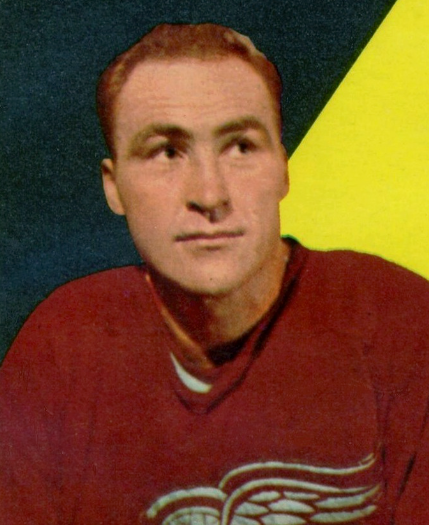
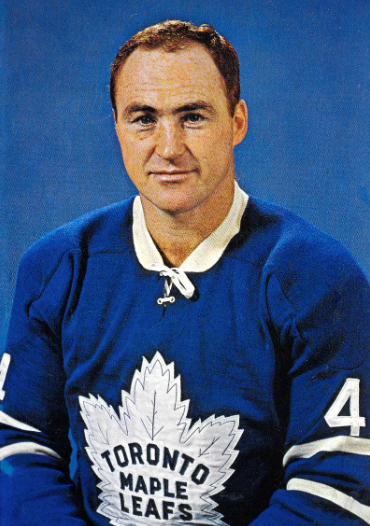
In 1960, a blockbuster trade sent Red Kelly to the Toronto Maple Leafs, where he continued to excel as a center. His arrival in Toronto marked a significant turning point for the Maple Leafs, as he helped lead them to four Stanley Cup championships. The Leafs won in 1962, 1963,1964 and their last one in 1967.
Tidbit: From 1962 to 1965 Red Kelly was an elected member of the Canadian parliament. Amazingly he fulfilled his obligations in government while at the same time playing hockey for the Leafs.
Coaching Career:
After retiring as a player in 1967, Red Kelly embarked on a coaching career. He began as the head coach of the Los Angeles Kings in their inaugural NHL season in 1967-68. Kelly’s coaching tenure in Los Angeles lasted for three seasons, during which he helped develop the team’s foundation. He also coached the Pittsburgh Penguins from 1969 to 1971 and guided them to their first ever playoff appearance.
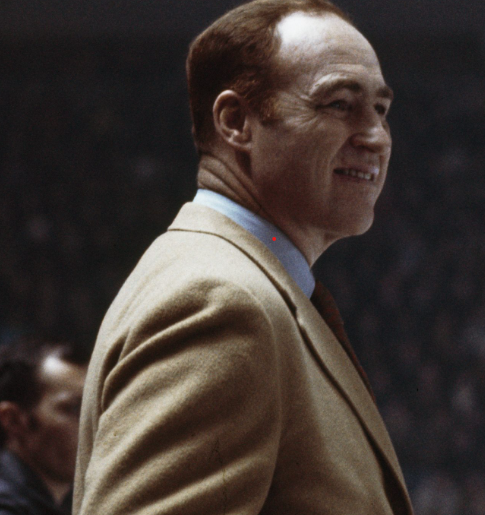
Kelly then returned to the Toronto Maple Leafs as their head coach in 1973. It was during this time that the enigmatic story of his belief in “pyramid power” emerged. In an unusual move during the 1976 playoffs against the Philadelphia Flyers, Kelly placed a plastic pyramid on the bench during games, believing it would bring positive energy and improve the team’s performance. While this unconventional approach raised eyebrows, it demonstrated Kelly’s innovative thinking and willingness to explore uncharted territory.
Some would say that he used the” pyramid power” hype to deflect attention from Leaf owner Harold Ballard’s continuous nonsense that affected the players. But that’s another story.
Despite his unconventional methods, Kelly was a successful coach. He led the Maple Leafs to the playoffs in each of his four seasons behind the bench, and they reached the Stanley Cup semifinals in 1978. Kelly’s ability to adapt his coaching style and motivate his players was evident during his time with the Maple Leafs.
Throughout his coaching career, Kelly’s influence extended beyond the ice, as he was known for his dedication to player development and his commitment to teaching the game. His unique blend of experience as a player and a coach made him a valuable asset to any team he served.
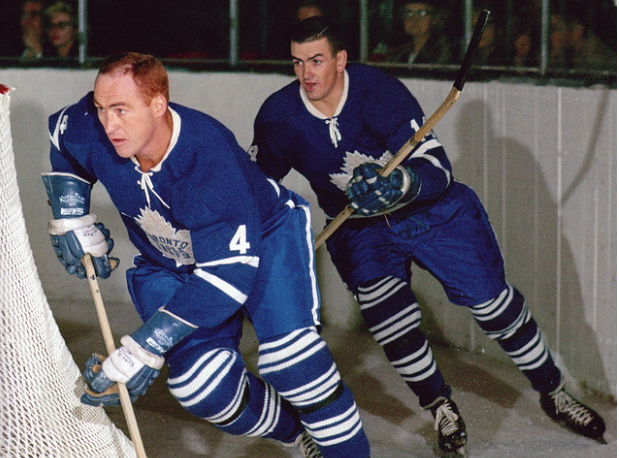
Conclusion: Red Kelly’s induction into the Hockey Hall of Fame in 1969 as both a player and a builder underscores his significant contributions to the game. His life was a remarkable journey of versatility, legacy, and success. As a player, he was a pioneering force on the ice, excelling as a defenseman and center, and amassing championships and accolades.Beyond the rink, his tenure in the Canadian Parliament showcased his dedication to public service.
Red Kelly’s enduring legacy extends far beyond the boards, making him a beloved figure in the hearts of hockey fans and Canadians alike. He is celebrated for his contributions to the sport and his nation. He passed away on May 2, 2019.
Thanks for your time. Please leave comments and suggestions below.




